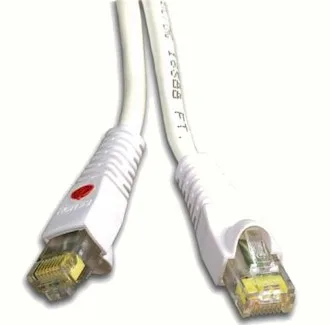Hi all,
I am new to this forum so apologies if this has been asked previously but do not see any FAQs hence the post. I am currently building a new timber frame house and would like to install some wiring to future proof and enable me to install some SMART devices at a later date as Im not sure what I want at this time. I do have Alexa in my current home but not connected to anything SMART and would maybe take this option further but open to ideas and suggestions from the community on :-
1. Advice or links to flood wiring ie type, numbers etc. To provide for mainly audio, video security etc.
2. Hardware that I could experiment in my current home to use with Alexa ie best hub or anything else I should start researching or learning.
Thanks in advance
Regards
I am new to this forum so apologies if this has been asked previously but do not see any FAQs hence the post. I am currently building a new timber frame house and would like to install some wiring to future proof and enable me to install some SMART devices at a later date as Im not sure what I want at this time. I do have Alexa in my current home but not connected to anything SMART and would maybe take this option further but open to ideas and suggestions from the community on :-
1. Advice or links to flood wiring ie type, numbers etc. To provide for mainly audio, video security etc.
2. Hardware that I could experiment in my current home to use with Alexa ie best hub or anything else I should start researching or learning.
Thanks in advance
Regards




